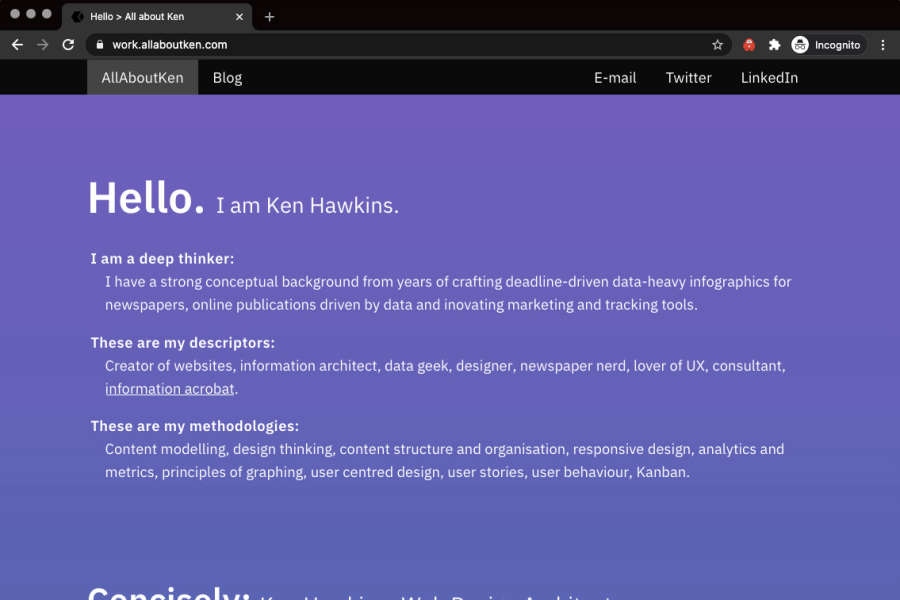Moving from Panini to Eleventy

Back in February 2018, I wrote about updating this site to use a static-site generator by Zurb (makers of the Foundation Framework) called Panini.
In July 2020 I've moved the site to the Eleventy static-site generator.
Both are based on Node.js and while Eleventy does bring an updated architecture, the truly distinguishing difference is that Panini hasn't had major development work in two years — Eleventy's development started shortly before that and continues at pace.
With the changes Eleventy brings more flexibility. It's better at importing external data, has more robust templating and generally it has more flexibility and more consistent behaviour (thanks in part to the amount of momentum Eleventy collected). If you want to know what Eleventy can do, look at the docs.
The migration was a fairly straightforward affair, changing some template syntax and spending most of my time on the look, content and page performance. But it's left me with a better platform to do all those things that I likely won't.
So why bother at all? Because I can't help myself and:
Visual Framework and ulterior motives
I've also moved to Eleventy as it is an officially supported implementation of the Visual Framework 2.0, a highly-componentised front-end framework for life science websites.
This is not a life-science website, however it is a good chance to test the flexibility of a framework that I'm personally invested in.
Here's some code
If you want to dig deeper on the code: